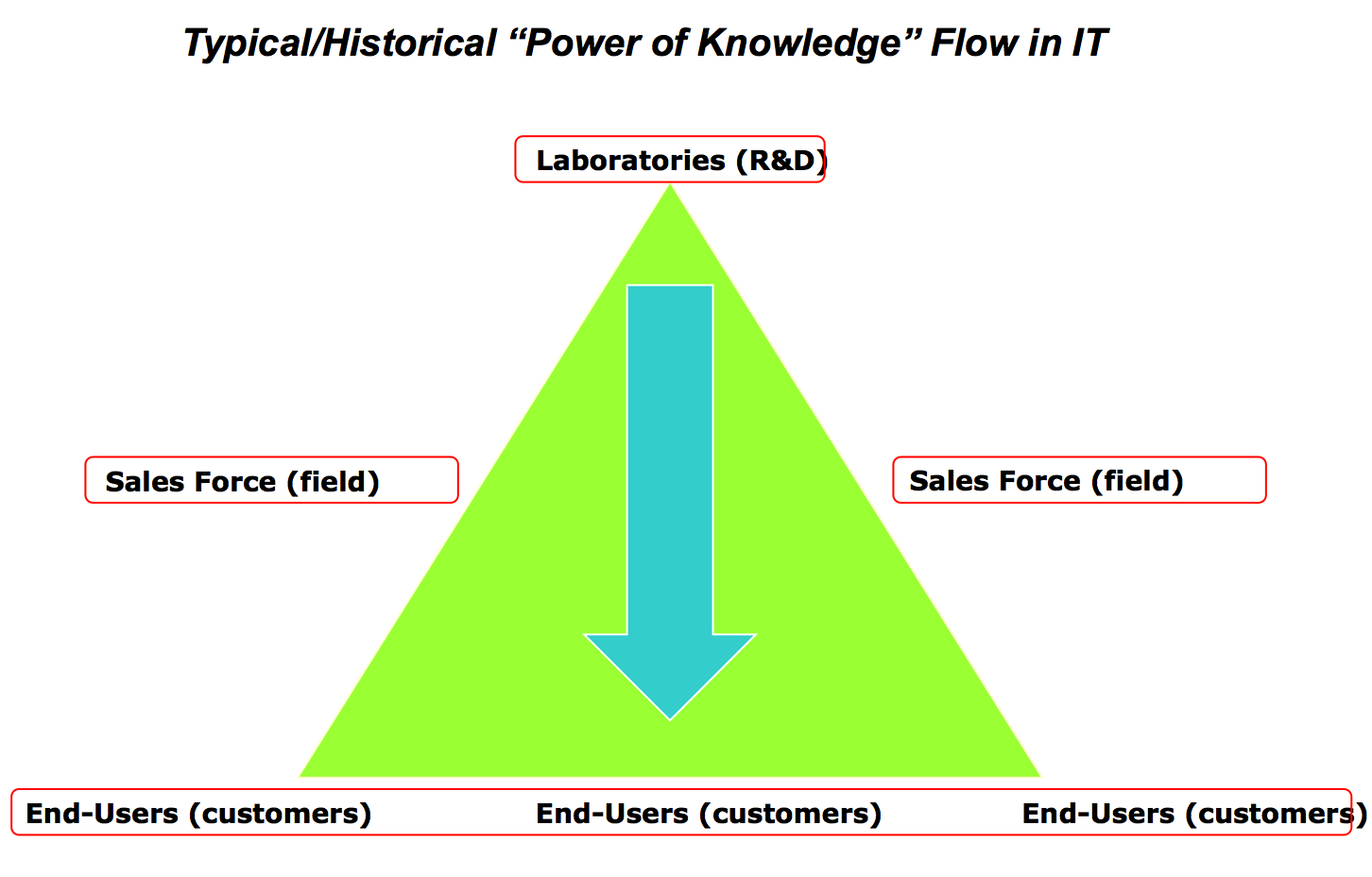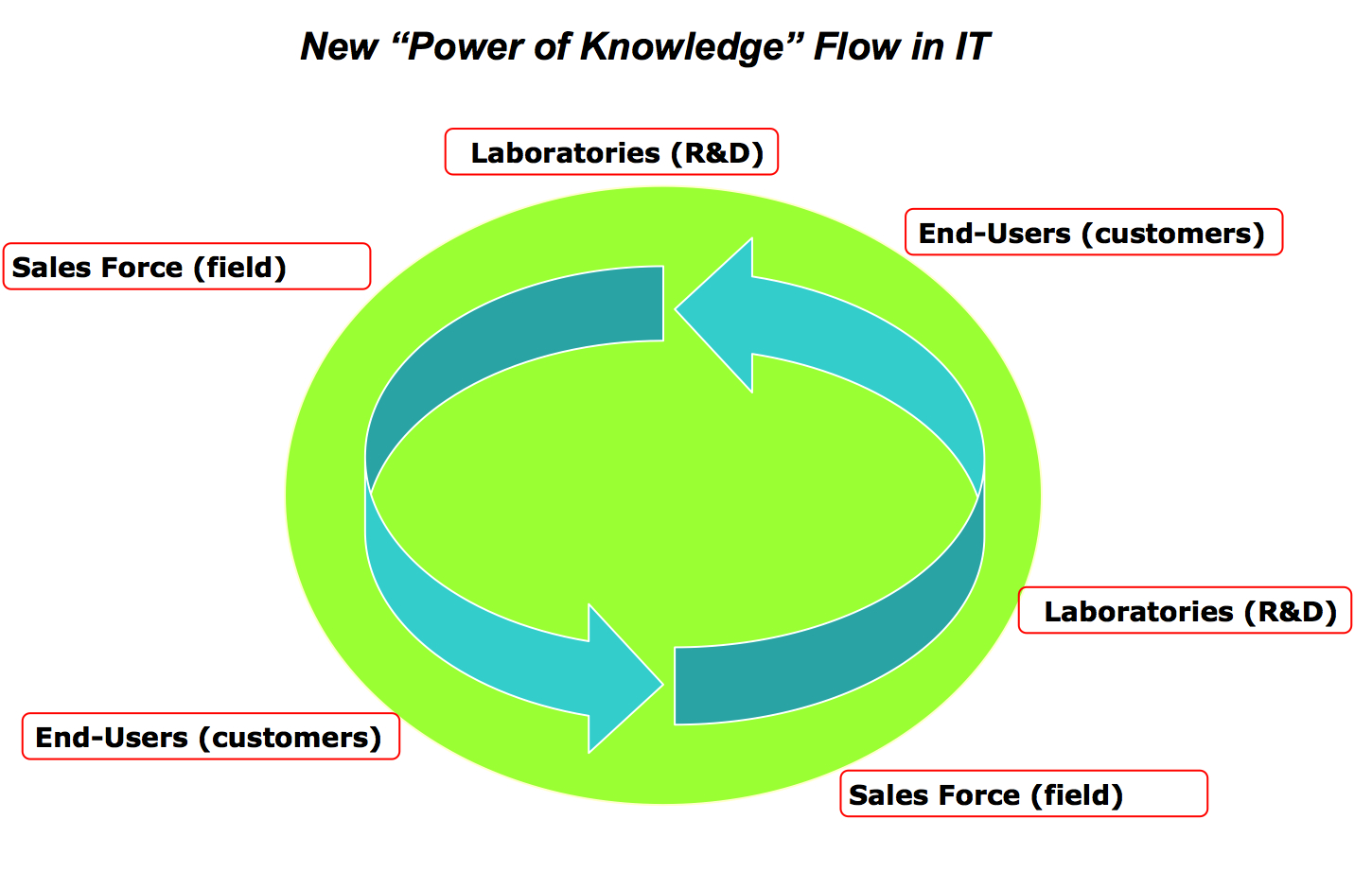My Web 2.0: a (6 Years Old) Survival Guide to Social Media
I have just got back from VMworld 2013 where, for some reasons, I ended up in many "how did you get this blog thing started" and "when did you start speaking at VMworld?" type of discussions. It's fun to go through those memories during team dinners. I thought I'd write a short (yeah, sure..) blog post on the topic.
I am not sure why I am doing this. Perhaps I just want to come back in 20 years and read it again and see how it feels.
I spent a large part of my career at IBM (from 1994 to 2010) when, towards 2005 / 2006, was growing big in me the desire to share with a larger audience what I knew and where I thought IT was going.
At that time I had been working quite extensively with VMware technologies (primarily ESX) and I was pretty sure that that was a topic of interest to many people. At first I was thinking about writing a book but, honestly, I didn't know where to start. I tried to poll a few people to understand how to publish it but that didn't go well. Then I thought... why not blogging instead?
IBM isn't (or wasn't) a company that foster socializing in the context of public social media. It's just not in its DNA. So when I started blogging back in 2007 I was, at best, ignored. Not a big deal.
If you are curious, my very first blog post in 2007 was related to what I referred to as CCON (Client CONsolidation), something that would later become VDI. That is what I was working on at that time but at some point I got bored about it and started working on other stuff (gosh it was 2007, how can one wait patiently until 2015... which happens to be the year of VDI?).
But I am digressing, as usual.
IBM wasn't against this blogging thing. They would just not care. How can you be against something you don't even consider "a thing"?.
My favorite example is this: In 2008 I wrote a blog post on the IBM BladeCenter-S and VMware vSphere and I actually made a sale in the UK. I got an email out of the blue from a customer in London essentially saying "we were about to buy a bunch of HP servers, we saw your post, we fell in love with the BladeCenter-S and we bought it. Thanks a lot for writing it".
That made my day. I was very happy. I sent it to someone in my chain of command suggesting that we could do more around this web 2.0 and that this wasn't just a nerd thing. His answer was on the line of: "yeah nice, but if you are an Italian headcount and you support a sale in the UK, how can we measure you?"
I don't blame him. I blame the DNA of the company. If you are in a similar situation, don't let them bog you down. You can still find your way around it. Read on.
Luckily I am hearing that IBM is getting serious now about social media. And, as often happens, when you try to rush into something you end up doing it in a way that is very unnatural. You can't (at least IMO) send someone to a class to learn how to tweet or blog. It's like sending someone to a class to learn how to make love. It either comes natural or, never mind, there are other things in life.
Social media isn't a top-down thing. It only works bottom-up. You can't force 300.000+ people to tweet and blog and use LinkedIn artificially. It doesn't work like that.
Anyway...
Late in 2007 I was in the pipeline to be promoted at IBM. A prerequisite for that promotion was that I'd present a "project". Something interesting that I have done or have been working on lately.
I decided to show, in a 15 minutes presentation, how being active in social media changed radically my relevance in the industry, how I got to interact with people all over the world and, among other things, how I went from being a local Italian technical pre-sales to be a speaker at a large IT convention in the United States in front of hundreds of people. I called this project "My web 2.0".
I made three major points when I presented it to the IBM judging committee.
Point #1 - the world is becoming flat
My first argument was that the world was changing. IBM (and I bet all big companies at that time) was used to a very hierarchical communication structure. A bit of top-down communication from RD and PMs to the field and eventually to customers and partners. Approximately zero (or very little) bottom-up flow. I still remember what a colleague in France had to say during a team dinner: "if IBM was to lose all customers today, it would take us 2 years to realize that". I have always found it funny (and sadly, true).
In the new world there isn't such a thing. The world is flat (which also happen to be the title of the book that I read back in 2006 and that got all this new thinking started in my head). If you look at how we interact today (you could very well imagine in 2007 where we were heading) it is totally different: people are a lot more accessible, a lot more eager to engage at any level and a lot less formal.
My favorite example of this totally meshed world is Chad Sakac. When we first met (way back) and he gave me his business card this is what the card said: "Vice President and VMware Certified Professional". The world was melting. Not only having a VP talking to a VCP was easier than ever but there even was one single person that was a VP and a VCP at the same time. All in one!
Another person I always like to call out in this context is VMware's Executive VP Raghu Raghuram. It has always amazed me how he would approach me with a genuine interest regarding how I see things. I was used to a world where candid interactions with people at that level were out of the picture and products gave the impression to come out of the blue from corporate.
So this is how I represented the old world in my project:

And this is how I represented the new world:

Point #2 - you can cross all boundaries
The second argument I used in that presentation is that I started to get involved in things that wouldn't be possible without such a global reach that a public blog provides. I could cross geographical and organizational boundaries with a click of a mouse. And that was amazing.
I started receiving e-mails from customers all over the world thanking for the content but, even more interestingly, I started getting emails from other people at other vendors (like SUN and Microsoft) that wanted to connect to discuss what I was working on. We were not trading secrets or comparing roadmaps. Just a bunch of people discussing publicly and openly about the problems we were trying to solve.
Look at the presentation itself (link below) to see some of these feedbacks.
Point #3 - from a local Italian pre-sales to a speaker at VMworld US
Talking about VMworld, I have been to (almost) all of them starting from the first one in 2004 in San Diego. However, it was only in 2007 that I got my very first breakout session there (as a speaker). This is truly an example of how blogging could help shape your career. And you can also live the dream that someone stole your breakout session to build the keynote for the following year!
And the above bring us to this third, and last, argument that I made in that project. Because of this totally flat world, one of my blog posts ended up on the radar of some influential VMware people (I believe one of them was Reza but I am not 100% sure, Reza?) and he got me on-board to present at VMworld 2007 in San Francisco. No politics, nothing... we didn't even know each other. He just liked what I was writing and offered me a slot to present at the event.
But this isn't the end of this story.
An IBM Distinguished Engineer happened to be in that session. I have no idea whether he came because his feet were on fire and he desperately needed a chair or he was genuinely interested in my speech.
Regardless, a few days later, he sent me a kudos email:

I was floored. He later even asked me to present to his team of roughly 150 people the same slides, which I did the week after with similar positive feedbacks.
So what my conclusions could be for this 15 minutes project? Here they are:

If you are interested, you can download the entire PPT from here.
Warning: please use these slides at your own risk. I still remember the "WTF is he talking about?" look in their eyes when I presented it.
FYI I haven't been promoted so ponder well how you use them. You may fail miserably, like I did!
Long story short, I literally struggled for another couple of years at IBM then the VMware opportunity came up and the rest is history. I was leaving a company that, in 1994, I thought I would retire at. I was leaving many friends and colleagues that I respected. But it was inevitable in the end.
So that's how it started for me. I didn't mean to pick on IBM, but I spent 15+ years there and there is where all this web 2.0 started for me. The message here is, if you work in a "social media hostile environment" you can still make it happen for you, if you want.
If it wasn't for that 80€ a year that I started to pay out of my pocket for my blog who knows where I'd be now and doing what?
May be I'd be working with those people that "oh you have a blog then? ah... #smile".
I am glad I have "invested" in the ballpark of 500€ so far. Trust me, the ROI is very quick (#smile) and I enjoy every second of my job. Really.
Go get started.
Massimo.